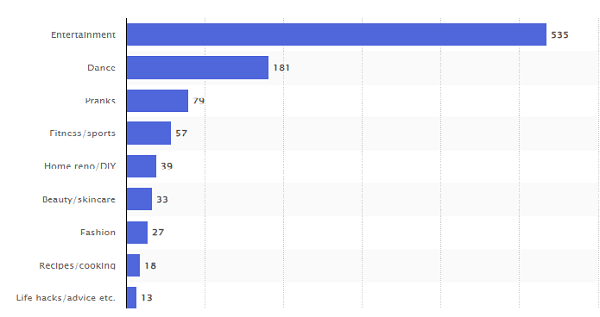As part of its ongoing effort to show US regulators that it’s totally transparent, and completely willing to work with them on compromises to remain in operation in the region, TikTok has today announced that it will now allow more researchers to access and analyze its dataset, in order to provide more insight into how the platform works.
As per TikTok:
“We’re expanding access to our research API to US researchers affiliated with non-profit academic institutions. In addition to bringing more transparency to content on our platform, we’re eager to learn from the findings of researchers.”
The expanded access will enable more research teams to dig into TikTok usage data, and uncover key trends and user behaviors, which could help to highlight the potentially harmful impacts of recommendations based on AI detection in the app.
Because TikTok can take users down dangerous rabbit holes based on their usage.
A study by The Wall Street Journal found that TikTok can quickly inundate users with potentially dangerous content based on their viewing behavior, including showing you more depressing clips, or guiding you into conspiracy theories.
At the same time, it can also highlight more positive content, and it’ll be interesting to see if this new access provides more insight into the pros and cons of the platform’s all-powerful algorithm in this respect.
It could also, potentially, be used to uncover perceived political bias, and in-particular, pro-China sentiment, which has often been rumored, but never proven definitively.
That’s a potential risk of TikTok opening up its API for more research, but then again, the algorithm is so personalized that it’s hard to imagine that generic API access would give you too much insight into what each individual user sees.
Another interesting conspiracy theory around TikTok is that it’s not so much a propaganda or surveillance vehicle for the CCP, but more of a self-destruction push for the west from China, via more subversive means.
The theory suggests that, in China, on the local version of TikTok (called ‘Douyin’), the Chinese Government maintains tight control over trending topics, in order to ensure that more positive, inspirational topics, like ‘Positive Energy’ and ‘Knowledge Sharing’, get the most promotion and reach.

The idea is that this will inspire the youth to aspire to more beneficial and important careers, via Douyin trends. Whereas on the western version of the app, where there’s no such control over the top trends, the focus is very different.

As such, the theory suggests that it may be less about manipulating or spying on western users, as it is encouraging harmful behaviors, which could have a broader net negative impact over time.
It’s a far-fetched theory, but maybe no more radical than the idea of the CCP spying on US citizens through TikTok clips, or using the app to seed pro-China sentiment.
Maybe, through increased analysis of TikTok’s algorithms, we might glean more insight, and get a better understanding of the full extent of such impacts.
The expanded API access is TikTok’s latest push on this front, while it also has its transparency center in LA, which it’s also looking to open up to more people.
TikTok says that it’ll continue to iterate on its APIs to better meet the needs of the research community, while it’s also looking to expand access to more regions in the coming months.



